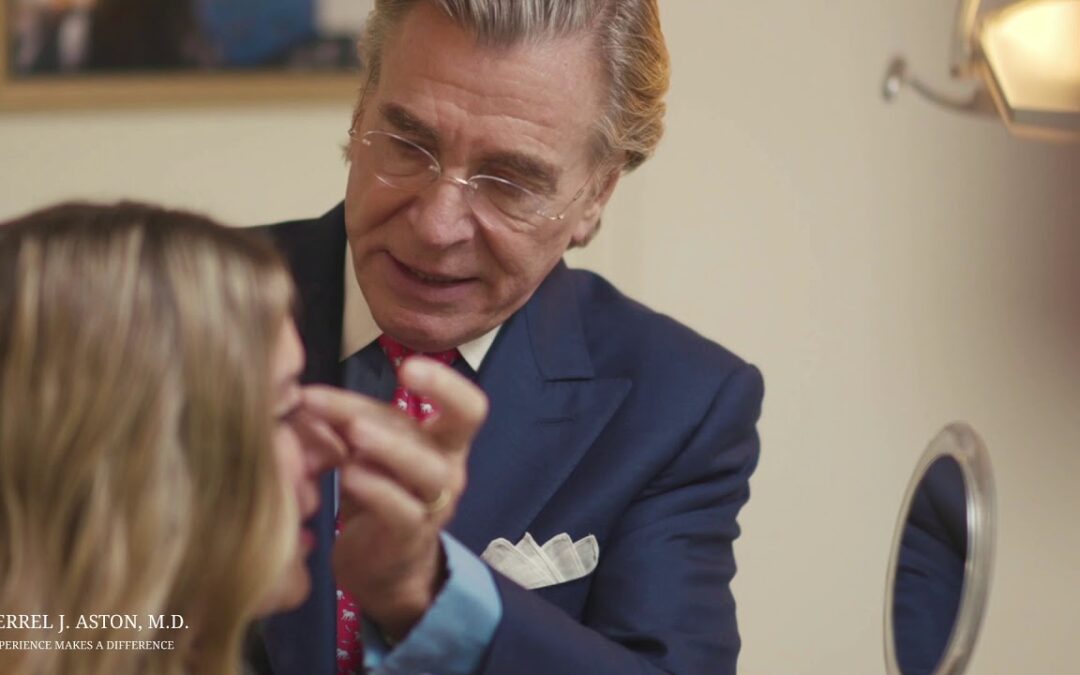Credit: Dr. Sherrell Aston MD
Dr. Sherrell Aston has been one of the most sought after plastic surgeons in New York City for decades. The double board-certified plastic surgeon has built himself a reputation as one of the world’s top experts in aesthetic plastic surgery. He is a surgeon, educator, and author. In this interview, Health & Beauty Cosmos discussed Dr. Aston’s background, his career, and so much more.
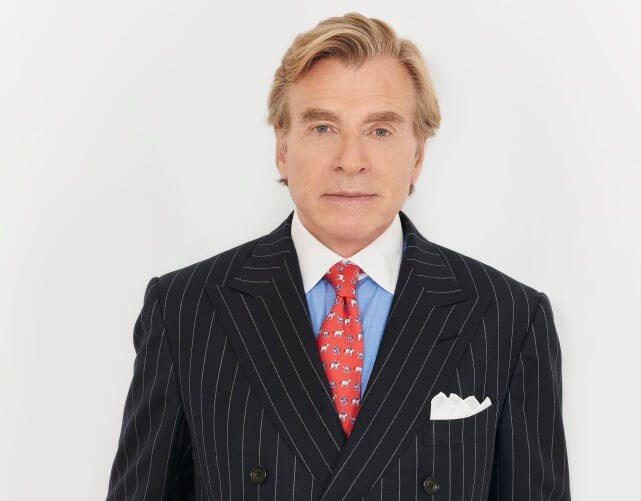
Credit: Dr. Sherrell Aston
Health & Beauty Cosmos: Tell me a little about yourself before opening your practice.
Dr. Sherrell Aston: I went to University of Virginia for grad school and medical school. I spent five years at UCLA in general surgery training. I knew all along I wanted to do plastic surgery, but I wanted to know every aspect of surgery first. I became Chief Surgeon Resident at UCLA, then went on to be Chief Surgeon Resident at NYU. I am currently a professor of plastic surgery at NYU and maintain a private practice on Park Avenue.
I practice 100% aesthetic surgery. My goal is to try to make my patients a better version of themselves than nature intended them to be.
HBC: What made you realize you wanted to practice cosmetic surgery as opposed to another branch of medicine?
Dr. A: I knew from the time I was quite young, probably about six. I knew I would be a surgeon probably because, at the time, my grandmother had melanoma and underwent a many different operations. I heard a great deal about the surgeries and thought it was something I wanted to do, and the desire stuck with my through college. I always knew I wanted to be a surgeon.
In my early days of medical school I thought I wanted to be a cardiac surgeon, but when I was first exposed to plastic surgery I knew that was what I really wanted to do.
Plastic surgery is part art, part science. The surgical side is the part you do with your brain and hands, and obviously there is a lot of science in surgery itself, so you have to be an academician as well as a surgeon. My creative side is why aesthetic surgery appeals to me. I like trying to make things look better from an aesthetic and also from a psychological standpoint. All my patients are physically healthy, so what we like to do is make people happy.
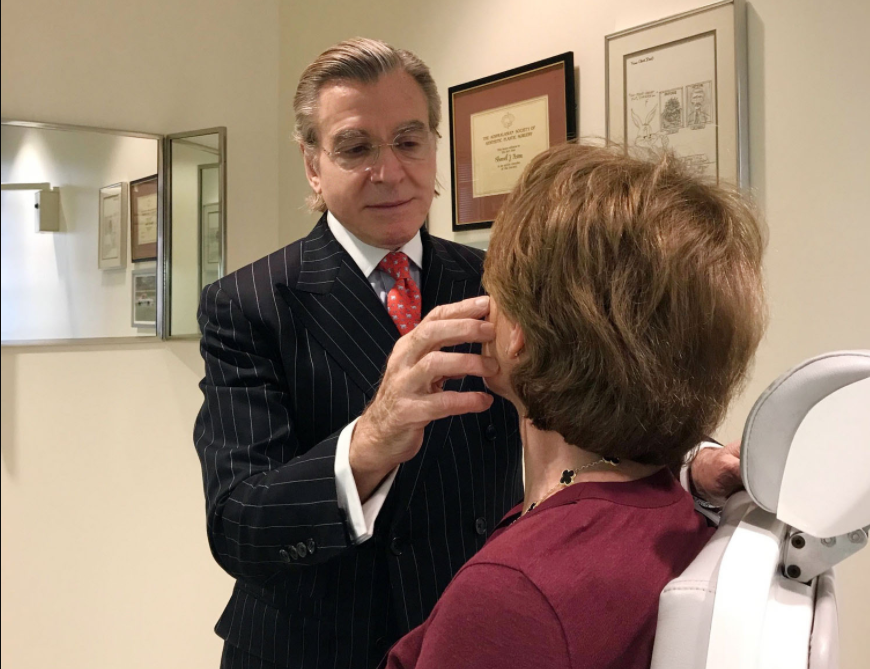
Credit: Dr. Sherrell Aston
HBC: Who were some of your mentors or inspirations that led you to make this choice?
Dr. A: Of course when you have an academic career on top of a private practice you’re influenced by many different people. Probably the person who had the most influence on my was a plastic surgeon—Thomas D. Reese—who was at the time one of the most famous plastic surgeons in the world. He was in New York, and one of my professors. In the early days of my career, I spent five years as his associate. By the time I was in practice for five years, I was fortunate enough to have developed rapidly and he ran out of space and bought his own office, which was two blocks away from his original one. We continued to collaborate and have teaching symposiums, and the tradition carried on for 40 years.
The last symposium combined with one of my New York colleagues and had almost one thousand plastic surgeons from 65 countries in attendance. In addition to meeting in New York, we had a global live stream from Bogata, Columbia of live surgery. It was of four different operating rooms simultaneously. We have a similar program scheduled for the first week in June next year, also from Bogata. It will be three days of four operating rooms, all working simultaneously. Those who will be operating have some respect in their specialty, which is why they are featured. They’re from all over the world.
Imagine the complexity of putting something together to be global live-streamed eight hours a day. It has to be organized and choreographed so surgeons around the world can be watching three of the four rooms at all times. There is certainly no lack of planning. There are four rooms, three cameras in each room. There has to be a big AV team and a very experienced team to broadcast these four streams simultaneously.
HBC: When did you know you wanted to open your own practice instead of work under another doctor?
Dr. A: I knew I was going to open my own practice in medical school. I had my own practice from day one, but Dr. Reese had bought the townhouse next door in New York a year and a half before. He cut the wall out and expanded it so the two town houses were one, and he had extra space. He had just finished doing that when I finished my residency and said if you want to stay in New York I have extra space, so he let me rent it. We worked together on academics, but it was never my personality to work under someone. We had our own patients and own staff, so we could work separately, together.
HBC: What procedures do you specialize in?
Dr. A: Other than rhinoplasty, I specialize in face-lifts. I’m known for those two. When I say face-lift, I mean eyelids, cheeks, everything that goes on the face. I’m know best around the world for those two.
HBC: Rhinoplasty is quite an intricate procedure. Tell us about some of the biggest challenges that you face in a surgery?
Dr. A: One of the most important things about rhinoplasty is having a sense of what looks good on an individual. You have to understand aesthetics of the face and the overall facial skeleton—how the nose will appear on the face. Nasal surgery is very complex, and you have to understand how changes of one part of the nose will change another part of the nose.
For example, if you have someone with a large, nasal bulbous tip. If you correct it, it will change the upper portion of the nose because when you alter the tip, the anatomical support changes the overall structure of the nose. So if you just do the tip, it can make the profile bigger, or the whole nose will look bigger. If you take the bump off, the tip could look bigger. You have to understand the balance. Once of the biggest things is you have to have an understanding of the long-term changes and have an appreciation of what the nose will look like ten years later. Most of that comes with experience.
You make changes to the underlying foundation, that is a starting point, but the skin is going to change, shrink, accommodate the new foundation, and different skin types will change differently. You have to have an appreciation for how the individual’s skin is going to respond to having a new framework underneath. Sure, you’ve seen people who’ve had rhinoplasty who you say it “isn’t good” and that you wouldn’t want to look like that, but many times it’s because the noses change with the passage of time. You have to understand that.
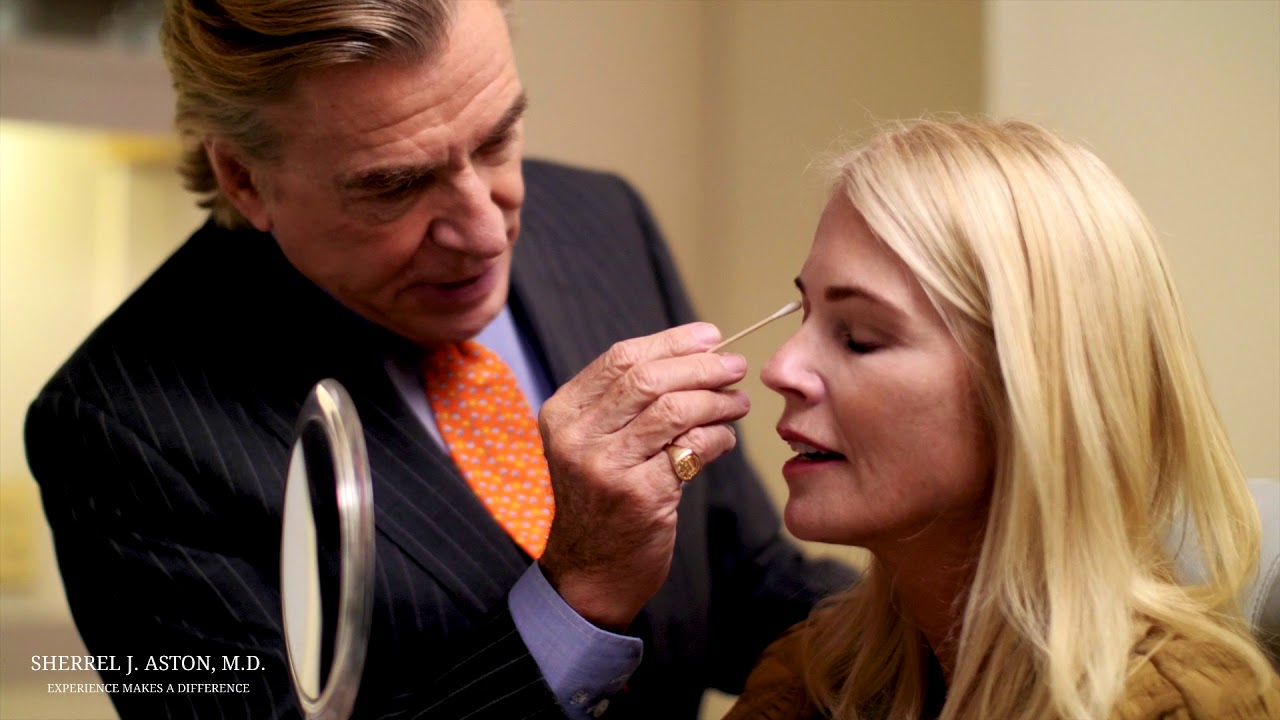
Credit: Dr. Sherrell Aston
HBC: How has the industry evolved (technology, etc.) since you started?
Dr. A: There have been many changes in plastic surgery. For individual procedures, I could go through each one and talk about how that one has evolved, but I think the biggest one is the face-lift. There are many different techniques that will give a different look on the face. You don’t just do “a face-lift technique,” you do multiple based on anatomy of the individual. You even do different ones on each side of the face because few people are symmetrical. Look at everyone you meet, and everyone has asymmetry. It wouldn’t make sense to do the same procedures on both sides of the face, so you do them based on the anatomy of each side of the face. After doing thousands and thousands and thousands, you have an appreciation of what you can do with different techniques.
When you get away from that and talk about aesthetic plastic surgery in general, you can see in the last 35 years there has been a change in the public’s perception of plastic surgery. When I first started, people used to hide that they had a face-lift, and doctors didn’t want to say they were doing face-lifts, but the public and medical field’s perception has totally changed. Aesthetic plastic surgery is one of the major surgical specialties around the world today, so members of the medical profession have revisited their thinking about the importance of surgery. Nobody feels the need to hide that they had a face-lift, or rhinoplasty, or breast augmentation anymore. People actually say to me, “Do you want to put us on your Instagram?” and tell their friends, so it’s no longer a secret. In the last ten years, with social media becoming popular, the exposure of aesthetic surgery and people’s desire to be on social media has expanded tremendously. The selfie generation has influenced it, because people are taking pictures of themselves sometimes several times a day and seeing things they wouldn’t usually notice when looking in the mirror and coming their hair.
Improved anesthesia techniques has had a major influence as well. Today we have sophisticated techniques where people are asleep when they need to be and wake up very quickly. Normally people are leaving the recovery room in an hour and a half. When I first started out, people were there overnight and staying the next day, so they were there for two days. People don’t get sick from medicine anymore, and it’s all controlled and safe, so it’s had a major impact on how people feel. I remember people saying they were not afraid of surgery, but afraid of anesthesia. I just finished office hours, saw a dozen patients, and no one said they were concerned about that. It’s a worry they can take off their list.
Another thing that’s changed is that social media, the internet, and iPhones have had a huge impact because a social media savvy person who’s been in practice for six weeks can appear to be the world’s best in some procedure. It’s because they know how to post, market, etc. When plastic surgery started to be advertised a long time ago, at the time no legitimate plastic surgeons advertised because it wasn’t something doctors do. Today, a lot of surgeons who advertise talk to patients and say “this will be a nice post.” So these things have had a major influence on the public perception of surgery, and the profession itself.
Just remember, aesthetic plastic surgery is like anything else: experience makes a difference. When you get ready to fly to New York, you’re going to want a pilot who’s flown the route hundreds of times, not a guy who says “this is my first time flying to New York.”
HBC: How does television, film, and the media as a whole impact what your clients ask from you?
Dr. A: Not sure how much it impacts more than people having an idea of the people in film and media who look good. There’s certain people who are generally accepted as being attractive, and maybe someone sees they have the same general characteristics. There was a time maybe 10-15 years ago that people would come in with photos and say “I want her nose,” or “this looks like a good face lift to me,” but today people are pretty sophisticated and look at themselves well. I don’t think we’ve had anyone come in with a picture of a celebrity in the last year. Now someone might come in with a picture of someone they’ve seen on social media and say “I like her nose, does mine have a chance of looking like that?” but the patient profile today tends to be educated and sophisticated. I rarely see anyone come in with a photo of a movie star and say they want to look like her—the pictures could be a random individual and they just like their style of nose or high cheekbones. Today just about anyone has a possibility of being a model for someone else.
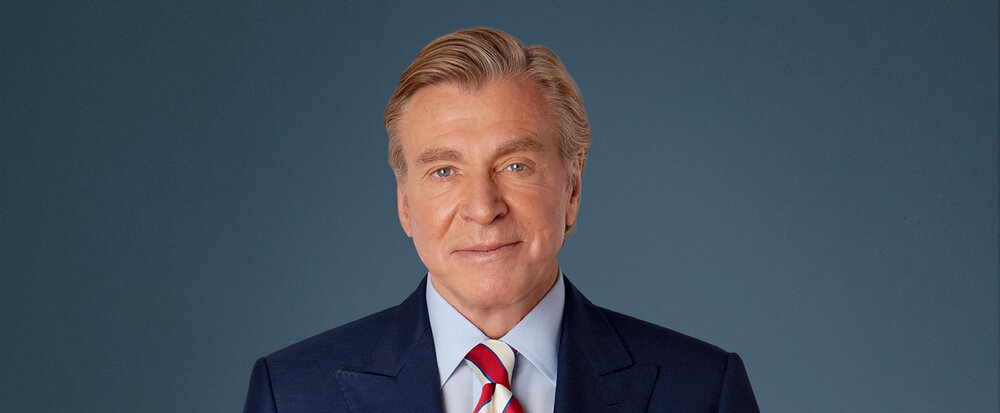
Credit: The Best Docs
HBC: What is the most satisfying thing about the work you do?
Dr. A: Making people happy. That’s it.
HBC: What role does philanthropy play in your life, as well as the life of your practice?
Dr. A: For many years we’ve given back to a number of different organizations that need support. Schools, cancer societies, hospitals. I’ve always been a believer in giving back.
HBC: What is the one piece of advice you would give to hopeful plastic surgeons?
Dr. A: Work extremely hard and plan to commit your profession as being one of the two most important facts in your life. First your family, then your profession, and everything else will need to come third.

